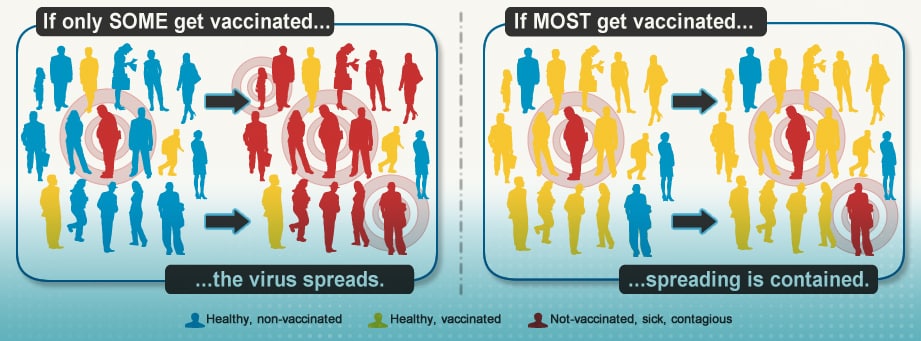Questions & Answers
- Q: How was the modern American anti-vaccine movement started?
- A: It started with the 1982 documentary “DPT: Vaccine Roulette” that spread anti-vaccine propaganda and fear among parents by showing images of children with severe disorders, claiming that these had occurred as a results of the kids receiving their DPT vaccine.
- Q: What are some of the ways that Dr. Offit disproved the claims of anti-vaccine activists?
- A: He explained that a lot of their information is based off of anecdotal evidence, and instead, he used experimental data to prove his point that vaccines are not correlated to serious side effects and long-term damage. For example, he disproved the fact that vaccines aren’t tested adequately for safety by explaining the extensive procedure that they actually go through, involving thousands of participants in the clinical trials over many years of testing and surveillance to make sure that there are no serious and dangerous side effects.
- Q: Why are unvaccinated children a danger to their peers, even those who are vaccinated against all those diseases?
- A: This relates to the concept of herd immunity. Children have a greater risk of developing a disease even if they are vaccinated against it if they are living in a community that has a high risk of exposure to that disease (if there are many unvaccinated children). This is why it is mandated that children have certain vaccinations before they can start school, because vaccines have been very helpful at eradicating certain diseases, but they’re not perfect. Also, there are some people who are simply unable to receive vaccines for medical reasons, including severe allergies and comprised immune systems, and they are at a much higher risk especially in a community where many other children are also unvaccinated.
- Q: How do epidemiological studies work and what are some of their pros and cons?
- A: Epidemiological studies involve retrospective research, which enables researchers to have high sample sizes and therefore the ability to detect pretty rare events (such as polio caused by the oral vaccine, which was detected in about 1 out 2.4 million cases). However, as with all retroactive work, there is no way of predicting what will happen, like what rare side effects may be caused by a vaccine even after rigorous clinical trials, only finding patterns in what has already happened.
- Q: How has the media impacted the portrayal of vaccines and what are possible ways to overcome this challenge?
- A: The media turns the debate about vaccines into a sensationalist story, instead of emphasizing the scientific evidence. The media also tends to fall into a “single study” trap, in which they report evidence from a single study without considering evidence from other studies or acknowledging that a single study that has had no replication does not necessarily have conclusive data. As Dr. Offit explained, the purpose of the media is to entertain, and not to educate, which is a problem because the general public who may not have a full understanding of how vaccines function relies on the media as their source of information. Dr. Offit recommended ways to overcome this challenge, including media programs (documentaries, guests on talk shows, etc.) that are credible and epidemiologically supported, transparency between doctors and patients, and increased scientific literacy of general population.
- For an example of the difference between scientific and sensationalist discussions of vaccines in the media, compare the following videos of Dr. Offit on the Colbert Report and Jenny McCarthy on CNN.
